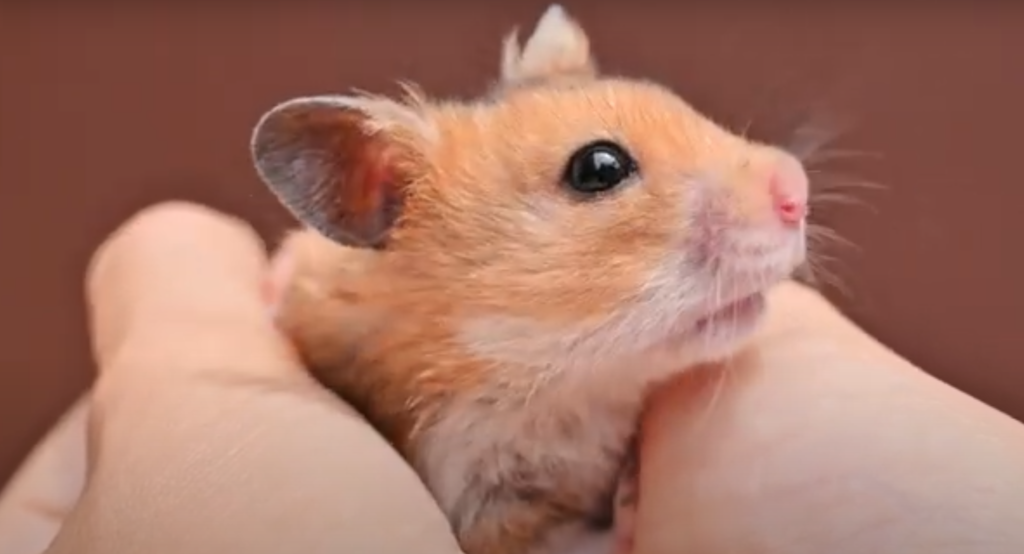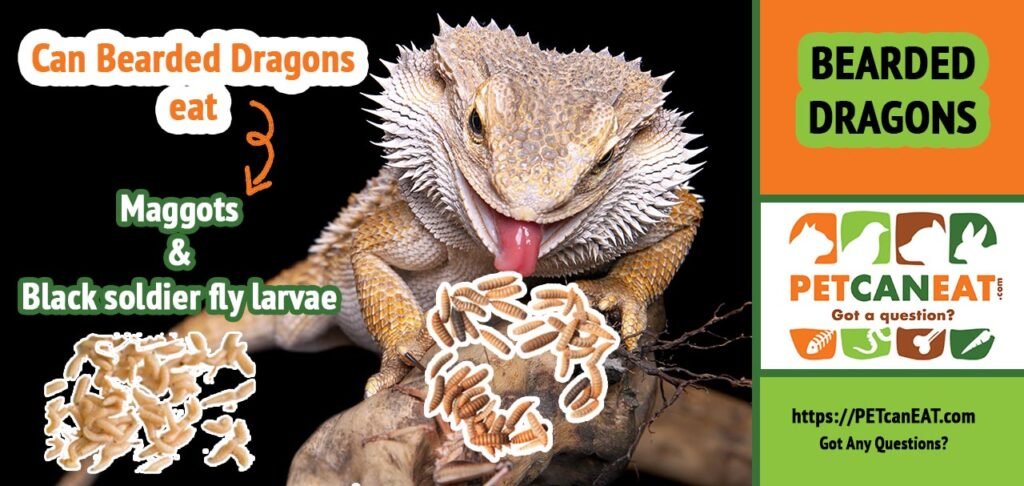Hamsters are fluffy, cute, and small rodents, and they make great pets for both men and women, including children. They’re probably one of the easiest, most popular small pets to take care of. All you need is to feed them, clean their cages, and give them some attention. Not all hamster breeds are made equal, so it’s essential to recognize the best hamster breeds for beginners, whether you’re a new potential owner or you’re buying them for your child!
Hamsters are small, making them a great companion for children of young ages; they are great for teaching kids responsibility or as starter pets before you give them a dog or cat.
Breeds of Hmasters
There are over 15 different species of hamsters in the world, although only a few of them are kept as pets.
As mentioned earlier, not all hamsters breeds are suitable as children’s pets. Some are more difficult to tame, some require more care, and some can bite even with the slightest of touch from your child.
As a new owner, You want to choose a hamster breed that is easy to care for, easy to handle, and wouldn’t leave a tiny but painful bite mark on you. It’s important to do your research before getting a hamster to know precisely what you want and what to expect. For example, as we’ve mentioned here, hamsters are nocturnal, which means they are only active at night, and they may wake your child if the cage is in their bedroom. You should also be aware that hamsters will never interact with people like a cat or dog.
Best hamster for children – Best hamster for beginners
If you have decided and want to get a pet hamster and are looking for the most-voted, best hamster breed for beginners or the best hamsters for children, then Syrian hamster is the best!
This doesn’t mean that the other hamsters are bad or not suitable for beginners or your kid. Many new pet owners love the Syrian hamster, and there’s a reason for that – which we’ll discuss in a second.
Here is our list of the top four best hamster breeds for beginners and children
1. Syrian hamster
Syrian hamsters, also known as golden hamsters, are among the most popular hamsters people keep as pets worldwide. They are great pets for beginner hamster owners because they are easy to tame, fun to play with, and are very low maintenance.
Syrian hamsters originated in the arid regions of northern Syria and southern Turkey. They have a natural golden brown coat with a lighter belly. Due to selective breeding, Syrian hamsters today come in many different colors, patterns, and coat lengths.
Caring for a Syrian hamster is easy. You can find food made especially for them at pet stores, and their shelter won’t take up much of your space.
The Syrian hamster weighs about 5 ounces and is 5 to 9 inches long. It has a lifespan of 2 to 4 years.
To bite or not to bite
You may have heard that Syrian hamsters have a reputation for being biters. However, this is mainly because people don’t know how to handle them. If you hold it without squeezing or shaking it, the Syrian hamster will understand that it has nothing to fear when it is in your hands.
This hamster likes to be left alone and is very territorial. You should never let more than one Syrian hamster live together in the cage.
If you place two or more Syrian hamsters in a cage, they can become very aggressive and sometimes even fight to the death. You should keep any other pets in your home away from hamsters because they can hurt each other.
Like all hamsters, Syrian hamsters sleep during the day and are active at night. They are usually quiet, but it is best to keep them away from your bedroom at night as they may wake you up.
Can you bond with Syrian hamsters

If you are looking for a hamster breed that’ll bond with you, you will have to look for other types of hamsters because Syrian hamsters never really bond with their owners. Some may come closer when they see you and sleep on your hand. Make sure you spend ample time with your pet hamster each day to keep it docile.
Syrian hamsters need the largest cage possible. The smallest cage you can put a Syrian hamster in can be 1x2x1 feet. Make sure you put plenty of hamster toys in the cage and don’t forget to put on an exercise wheel. It is best to use an exercise wheel with a sturdy surface to avoid any injuries. Put a sleeping hut in the corner of the cage; you can usually find these in pet stores.
You must feed your Syrian hamster with nuts, grains, seeds, fruits, and vegetables.
Syrian hamsters are omnivores, so that you can give them a hard-boiled egg or some insects once in a while. You should speak to your vet to see what the best diet for your hamster is, as it depends on the size and age of your hamster. Make sure there is always a bowl of food in the cage and throw away any food that the hamster won’t eat after at the end of the day, no more than 24 hours after serving. There should be a water bottle or a flat-bottom water bowl in the cage; you should change the water daily.
2. Dwarf hamster

Dwarf hamsters are small hamsters that come from desert areas. Unlike larger hamsters, they are very sociable and are happiest when in groups. Unlike cats or dogs, they will not bond with you, but if they see you, they will recognize you and approach the side of the cage. They weigh around 1 and 2 ounces and are about 2 inches long. You can expect them to live up to 2-3 years.
Dwarf hamsters, like Syrian hamsters, are nocturnal too, but they can sometimes adapt to their owners’ schedules. That said, if you try to wake a dwarf hamster, it may bite you. Most hamsters wake up during the night and are happy to hang out with people. When they wake up, they make noises during the night by running around in their spinning wheel and scratching their cages, so if you are a light sleeper, you should not put them in your bedroom.
These hamsters usually like to be held, but they will most possibly bite you in if they get uncomfortable. You should start handling them when they are young and always be careful and gentle. That way, they will know they shouldn’t be afraid when you handle them. When you try to hold your hamster, it is best to be in a closed room and have something soft underneath you. Hamsters are very fast, and they can get out of your hands before you know it. This is why they should have something soft to land on, and the door should be closed so they can’t escape to another room. If your hamster falls from a few feet and hits the floor, it could cause some severe injuries.
aquariums or cages?
Many pet owners keep Dwarf hamsters in glass or plastic aquariums or wire cages. Wire cages provide better airflow, but they will not protect your hamster from airflow. If you choose to house them in a wire cage, make sure the distance between the wires is narrow so your hamster can’t escape.
You should place bedding at least 1 to 2 inches thick, such as shredded paper or hardwood shavings that are organic and free of chemicals and wood dyes. You must change bedding once a week and clean all surfaces with water and soap. Make sure you clean all wet spots daily.
You should never forget to put an exercise wheel in your hamster’s cage, as well as many toys. There should be plenty of mineral rocks or wooden toys to chew on so the hamster can take care of its teething needs. Add a sleeping house to the cage, too.
Your hamster, regardless of breed, should be fed once a day. However, you can also ask your vet how much food you should give. You can buy food mixes explicitly made for dwarf hamsters. In addition, you can also feed your dwarf hamster with some nuts, seeds, oats, bananas, and carrots. Never feed your dwarf hamster avocados, almonds, and chocolate as they are toxic.
3. Robovski Hamsters

Robovski hamsters are the smallest and fastest breed of hamsters. They are as big as an adult’s thumb when they grow up, about 2 to 3 inches. They originated in China, Mongolia, and Russia.
Wire cages are the easiest to clean, but because Robovski hamsters are so small, it can be challenging to find a wire cage that will not allow them to escape. It is best to have an aquarium for two hamsters 24 inches x 12 inches and at least 12 inches high. If you choose to have more than two hamsters, you must provide 12 x 6 inches of space for each new hamster. Make sure to cover the hamster’s cage with a net so that nothing falls out of the cage, but air can still flow.
Their bedding should be at least 1 1/4 inches, as Robovski hamsters like to dig holes. Pine or cedar shavings are not recommended as they can harm the hamster. This hamster likes to be active, so make sure it has plenty of toys and an exercise wheel. Robovski hamsters do not like to share, so be sure to have toys for each hamster. This also applies to food and water.
Nocturnal creatures
Robovski hamsters are also very active at night and sleep during the day. They are very gentle and rarely bite. However, they are very fast, so it can be challenging to handle them. You should always keep them on top of a large box so you can catch them if they slip away. You can train Robovski hamsters to take snacks out of your hands. To do this, you must let your hand rest and then place the snack in your palm. Then, the hamster will explore your hand until he finds the snack.
Robovski hamsters are very social and are best kept in groups with same-sex hamsters, either males or females but never males and females. You should establish groups from a young age. Introducing a new Robovski hamster to an established group is not recommended as it is unlikely to survive. If your hamsters do not kill each other, you can expect them to live up to 2-3 years.
4. Chinese Hamsters
Chinese hamsters are small hamsters that are native to China and Mongolia. Most of them are brown with a lighter belly and a black stripe down their back. You can recognize these hamsters because their tails are longer than any other type of hamster. They are easy to care for. However, some of them will bite. They only weigh around 1 and 2 ounces and can live for 2 to 3 years.
Chinese hamsters make excellent pets, and they don’t mind handling them if you have done so since they were little. Be sure to sit when handling your hamster as it may be injured if it falls.
You can choose to have just one Chinese hamster or keep them in a same-sex group. Having said that, if they live in packs, they are likely to become aggressive and territorial. If you can raise hamsters from the same litter, it would be great to grow up together and adapt to each other. Make sure your Chinese hamster is kept away from any other pets you own, as it is too small and can be easily injured.
Cage size
They will also need a 1x2x1 foot cage, and you should lay 1 to 2 inches of bedding such as aspen shavings or some other paper product. Make sure to add toys, exercise wheels, and a sleeping hut to their cage.
Foods for Chinese hamsters can be found at the pet store, and make sure it is supplemented with vitamins and minerals. You can put a full day’s worth of food in a bowl and leave the bowl in the cage. Chinese hamsters like to eat a small portion throughout the day.
You can also supplement the store-bought, commercial food with some seeds, nuts, and fresh fruits and vegetables, but make sure the supplemental food only makes up 10% of the hamster’s diet.
Should I have a male or female hamster?
It can be difficult to sex hamsters when they are very young, but they exhibit different characteristics that can help with identification. It is also good to know ahead of time if you are taking on a male or female hamster as they do behave differently, but it is important to note that all hamsters are unique.
Taming hamsters is also not about gender. It depends on the time, patience, and care you invest in your pet, determining how easy you can handle them.
Male Hamsters
Typically, male hamsters are calmer and more relaxed than females. Male hamsters tend to be sturdier, making them easier to hold, and boys tend to be more smelly but not necessarily stinky. For males, their scent glands are more prominent, and they tend to produce more pheromones than females, releasing musky odors into the air around the cage.
Other things that male hamsters are better known for than females are that they are more mellow, less inclined to focus on playing with a ball or wheel, and quite content to sleep, eat, and relax.
Female Hamsters
While male hamsters tend to be more lethargic, the job is never done for females, who are more energetic and may wake up – even during the day. Thinner in appearance, they are more easily frightened and usually more challenging to handle. However, it’s more fun to watch, as they are fast and agile, zipping around their cages, spinning on their wheels, and making multiple beds overnight. Female hamsters also tend to make more noise, letting you know if they like or dislike something through several squeaks.
Best hamster for beginners and children – Conclusion
There are many factors to consider when buying a hamster for the first time, and it’s essential to understand how it will fit into your family dynamic, personal schedule, and general pet experience. For many, male Syrian hamsters have proven to be the perfect first pet because he requires little maintenance, loves attention at all times of the day, and is sweet-natured enough to tolerate a rough little handhold. Most important of all, your children will enjoy watching them!






